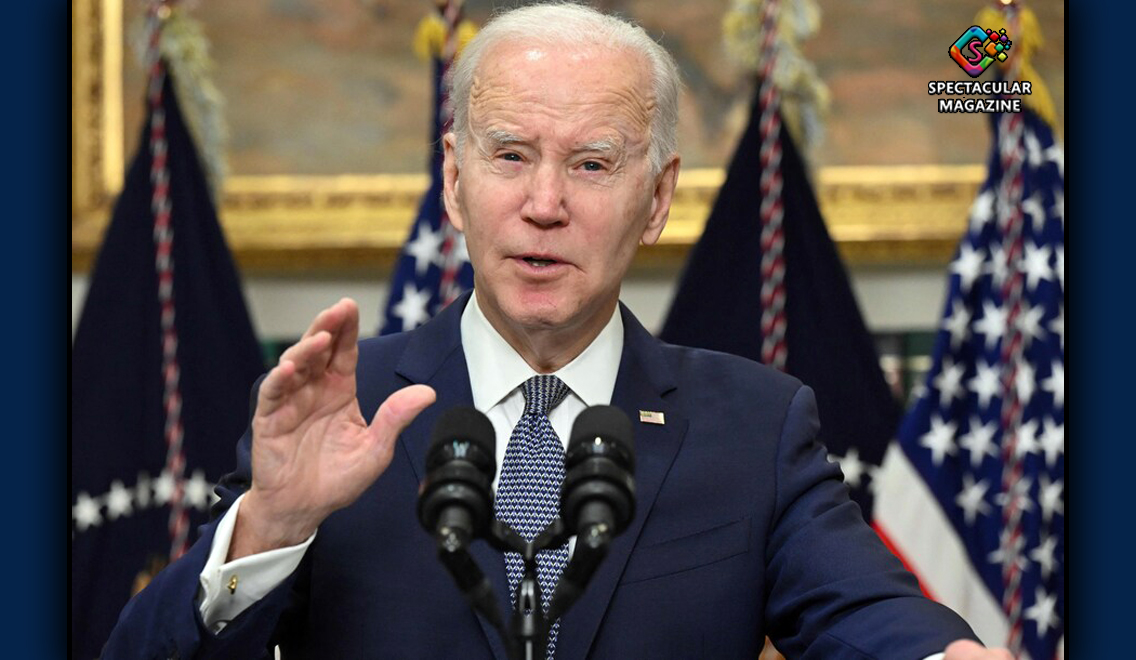What is the U.S. Debt Ceiling? What’s In The Proposed Deal?
President Joe Biden has urged Congress to pass a deal to raise the government’s borrowing limit and prevent a potentially catastrophic default on US debt repayments. So what is in the deal?
Negotiators from the Democratic and Republican parties finalized an agreement on Sunday night (May 28).
If approved, it would allow the federal government to borrow money until well after the next presidential election due in November 2024. Voting on the bill, the text of which was posted to a congressional website, is set to start later this week in the House and the Senate.
Here are the highlights from the package of measures.
Debt ceiling suspended until 2025
Every so often, US Congress must vote to raise or suspend the ceiling, so it can borrow more to pay its bills. Currently it is $31.4tn (£25tn).
This includes paying for federal employees, the military, Social Security and Medicare, as well as interest on the national debt and tax refunds.
A simple guide to the debt ceiling
Could a US debt default unleash global chaos?
But in recent years, this has become increasingly difficult, because the two sides cannot agree on the terms.
In the deal reached on Sunday, they have not raised the limit to a certain level, but suspended it entirely until 2025.
This allows them to pay their bills until that date and know that the next fight over raising the ceiling will not interfere with the presidential election.
And the rest of the world can breathe a sigh of relief if the deal is signed because a US default would have a global impact.
Caps on spending, but not on defense
Republicans wanted a freeze on overall spending for 10 years, with a rise in defense spending and cuts to other budgets.
The agreement keeps non-defense spending flat next year, with a 1% rise in 2025. The implications of this belt-tightening is as yet unclear.
Defense spending would increase to $886B, which amounts to a 3% rise this year.
There are no budget caps after 2025.
The White House estimates government spending would be reduced by at least $1 trillion, says AP News, but official calculations have not yet been released.
Full funding for the medical care of military veterans would also increase, in line with what President Biden had sought.
Unspent Covid funds returned
With the public health emergency officially ended in May, Republicans had argued for the relief funds that were not spent to be returned.
The Congressional Budget Office has estimated this will amount to about $30B.
Welfare tinkered with, but no overhaul
A central demand of Republicans was to toughen up the distribution of welfare benefits by attaching strings that would mean able-bodied recipients had to work to get food and healthcare help.
Democrats were adamant this should not be on the table.
The welfare being looked at by Republicans included Medicaid (health coverage for poor Americans), the Supplemental Nutrition Assistance Program (SNAP), and Temporary Assistance for Needy Families (TANF).
Medicaid remains untouched in the deal, but the age at which work requirements are included for those on SNAP was raised from 50 to 54.
Funds to enforce tax rules on wealthy Americans
A win for Democrats was securing $80B for a decade to help the Internal Revenue Service to enforce the tax code in last year’s Inflation Reduction Act on the richest.
Easier to get energy project permits
New rules will make it easier for both fossil fuel and renewable energy projects to get licenses.
This has long been advocated by Democratic Senator Joe Manchin of West Virginia.
It will basically streamline the environmental review process and potentially get projects off the ground in a faster time.
Things not in the deal
Student loan relief
Republicans had wanted the Biden plan to forgive student debt to be rescinded but it survived.
Tax hikes
Democrats had targeted wealthy Americans for new tax hikes but there are no new taxes here.
Clean energy
Republicans had wanted to repeal key provisions of the Inflation Reduction Act’s clean energy and climate provisions but it was unscathed.
This article first appeared on BBC.com


